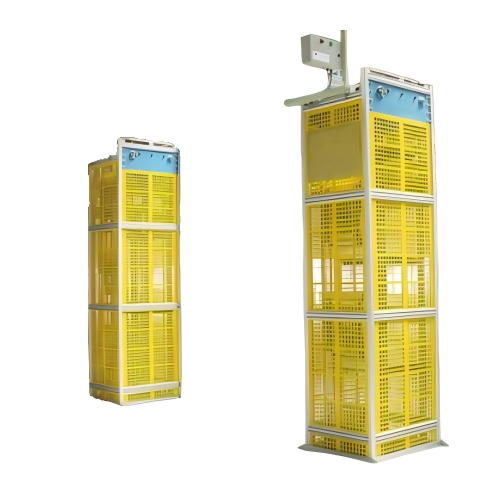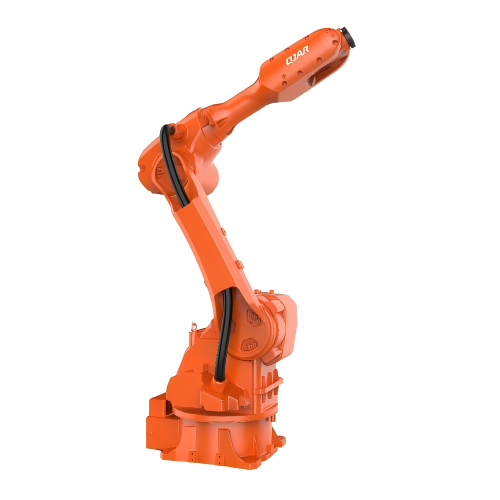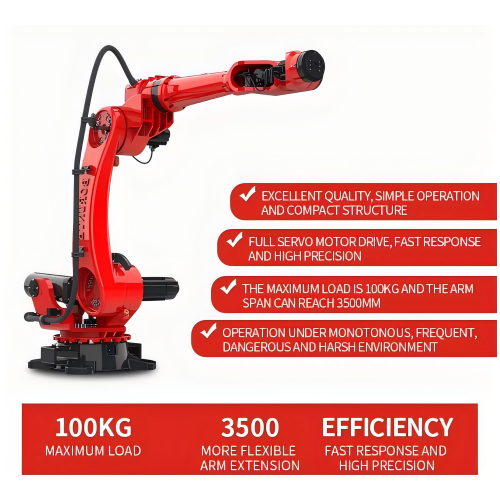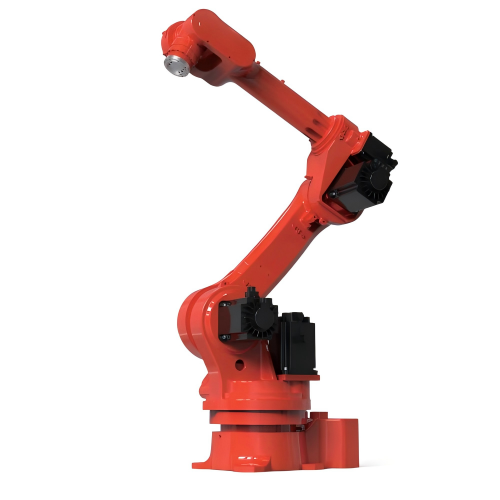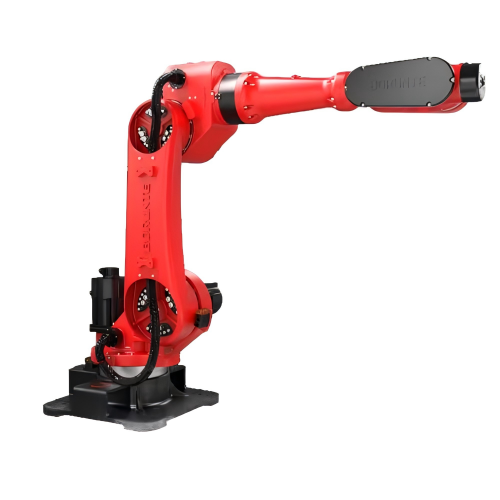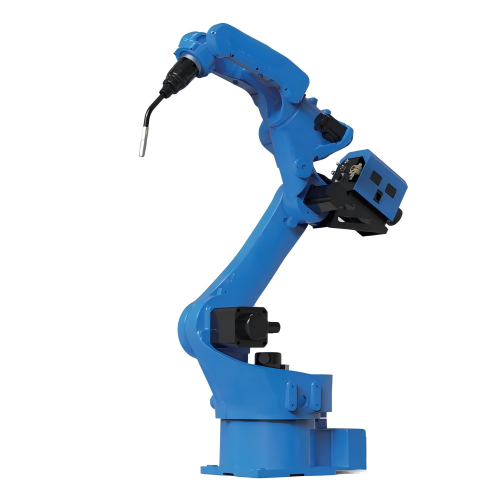
- Wenling zhejiang China
- [email protected]
- +86 18958695512
- Home
- PRODUCTS
- INDUSTRIAL ROBOT
- WELDING ROBOT
- Welding Robotic Arm shenchi QJR6-1 excellent welding robot
Welding Robotic Arm shenchi QJR6-1 excellent welding robot
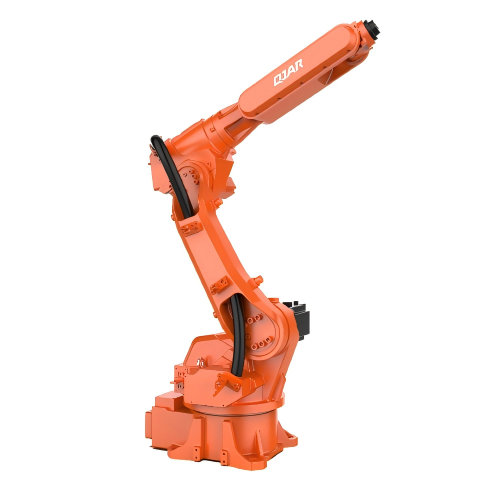
6kg Payload 2014mm Reaching Distance Welding Robot
Product features:
6kg payload robotic arm
highly compact, flexible installation with ground or inverse position
Large workspace
fast running speed
high repeat positioning accuracy
suitable for welding,pick and place, spraying., loading and unloading, handling, sorting, assembly and other applications.
QJR6-1
CHINA
30DAYS
T/T
NINGBO/SHANGHAI CHINA
| Model | QJR6-1 | |
| Axis Number | 6 | |
| Payload | 6kg | |
| Repeat Positioning | ±0.03mm | |
| Max Armspan | 1441mm | |

What is Robotic Welding
https://shenchi-robot.com/category/products/In the modern manufacturing world, robotic welding has become a symbol of innovation, precision, and efficiency. It refers to the use of mechanized programmable tools, commonly referred to as robots, to automate the process of welding. These robots can perform both spot and arc welding, and are most commonly used in industries that require high volume, repetitive welding tasks.
Definition and Basics Robotic welding is an automated welding process that utilizes programmable robotic arms to handle the welding torch and perform welding operations. These systems are typically integrated with a controller, sensors, welding equipment, and other automation tools. Robots are programmed to follow precise paths and execute consistent, high-quality welds on a wide range of materials including steel, aluminum, and alloys.
Key Components of a Robotic Welding System A robotic welding setup typically includes the following core components:
Robotic Arm (Manipulator): The mechanical arm that moves and positions the welding tool with high precision.
Welding Power Source: Supplies energy for the welding process (MIG, TIG, plasma, etc.).
End Effector (Torch or Gun): Attached to the robotic arm, it performs the actual welding operation.
Controller: The brain of the system, responsible for controlling movement, speed, angles, and coordination with other components.
Positioners and Fixtures: Hold the workpiece in place or move it to accommodate welding.
Sensors and Vision Systems: Help with seam tracking and real-time adjustment.
Types of Robotic Welding There are several welding processes that robots can perform. The most common include:
MIG (Metal Inert Gas) Welding: Popular in automotive manufacturing due to its speed and ease of automation.
TIG (Tungsten Inert Gas) Welding: Offers high-quality welds, ideal for thinner or more delicate materials.
Spot Welding: Frequently used in sheet metal fabrication, especially in car body construction.
Plasma Arc Welding: Suitable for precision applications and thicker materials.
Applications of Robotic Welding Robotic welding is used in a variety of industries, including:
Automotive: For assembling car bodies and components.
Aerospace: For precision welding of parts and sub-assemblies.
Shipbuilding: To handle large, heavy-duty welding tasks.
Construction Machinery: For fabricating structural parts and assemblies.
Electronics: For small, delicate welds.
Benefits of Robotic Welding Robotic welding offers numerous advantages over manual welding methods:
Consistency and Quality: Robots deliver uniform welds with minimal variation, reducing the risk of defects.
Increased Productivity: They can operate continuously without fatigue, increasing throughput.
Enhanced Safety: Reduces human exposure to hazardous fumes, heat, and sparks.
Reduced Waste and Rework: Precision reduces the likelihood of mistakes.
Lower Long-Term Costs: Although the upfront investment is high, savings from efficiency and reduced labor outweigh the cost over time.
Challenges and Considerations While robotic welding offers many benefits, it also presents certain challenges:
High Initial Investment: Equipment, installation, and training require substantial upfront capital.
Programming and Maintenance: Skilled technicians are needed to program and maintain the robots.
Limited Flexibility: Robots are ideal for repetitive tasks, but not as effective for complex, varied jobs without advanced programming.
Part Positioning: Components must be precisely located for accurate welding.
Future Trends in Robotic Welding The field of robotic welding continues to evolve with the integration of advanced technologies:
Artificial Intelligence (AI): Enables adaptive learning and self-correction.
Collaborative Robots (Cobots): Designed to work safely alongside humans.
Improved Vision Systems: Allow better seam tracking and object recognition.
IoT and Data Analytics: Help monitor performance and predict maintenance needs.
Conclusion Robotic welding has revolutionized manufacturing by combining precision, speed, and consistency. As technology advances and becomes more accessible, even small and mid-sized enterprises are adopting robotic welding solutions. Whether you’re in automotive production or industrial fabrication, robotic welding can play a critical role in improving your operation’s efficiency, safety, and overall product quality. With continuous innovations, the future of robotic welding looks more flexible, intelligent, and efficient than ever before.
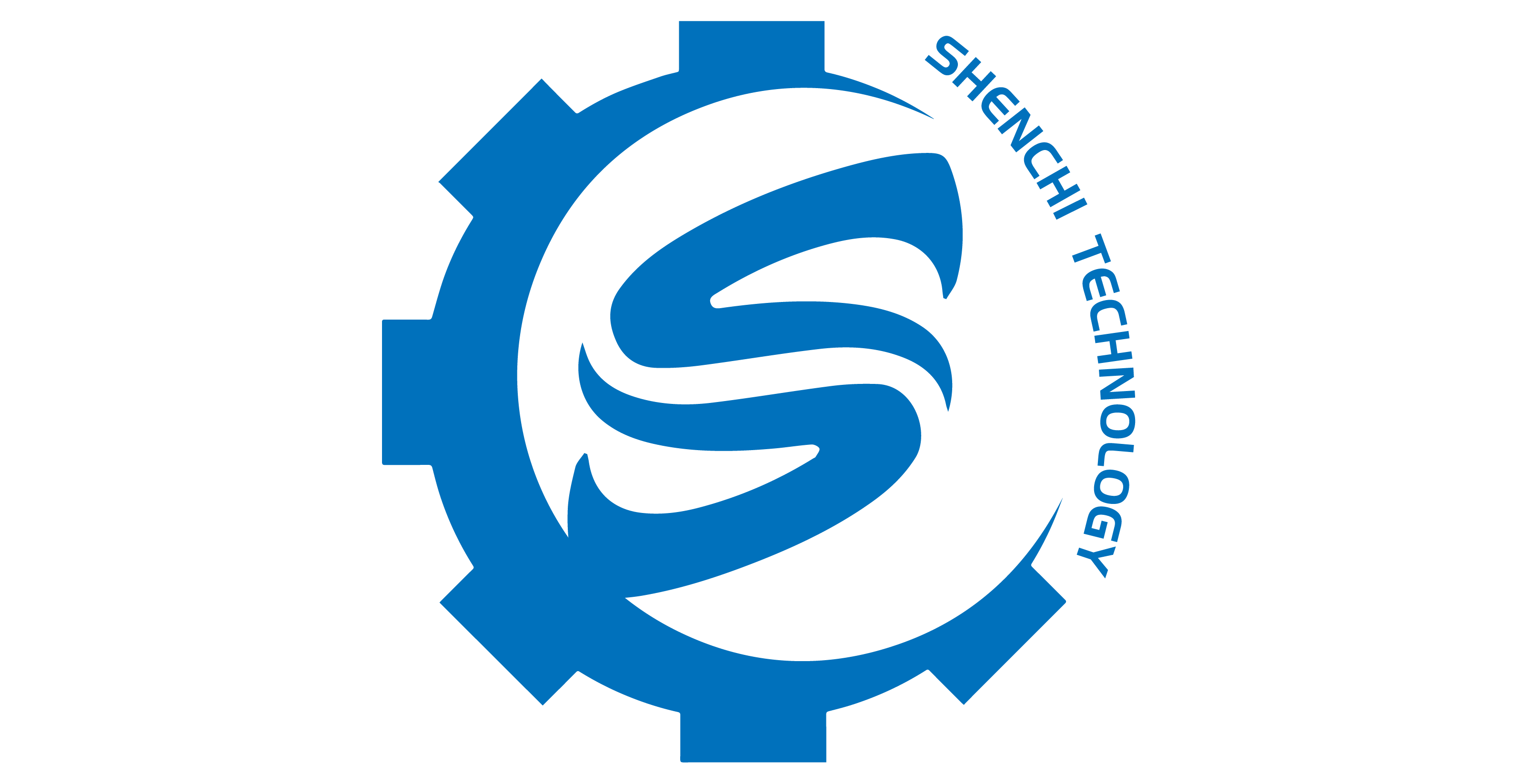
SHENCHI ROBOT CO.,LTD provide different industrial robot with automation solutions . we support industrial robots including welding, painting, handling, palletizing, bending and polishing, welcome to contact us.
Shenchi robot ,More smart more simple
© Shenchi Company All right reserved.

